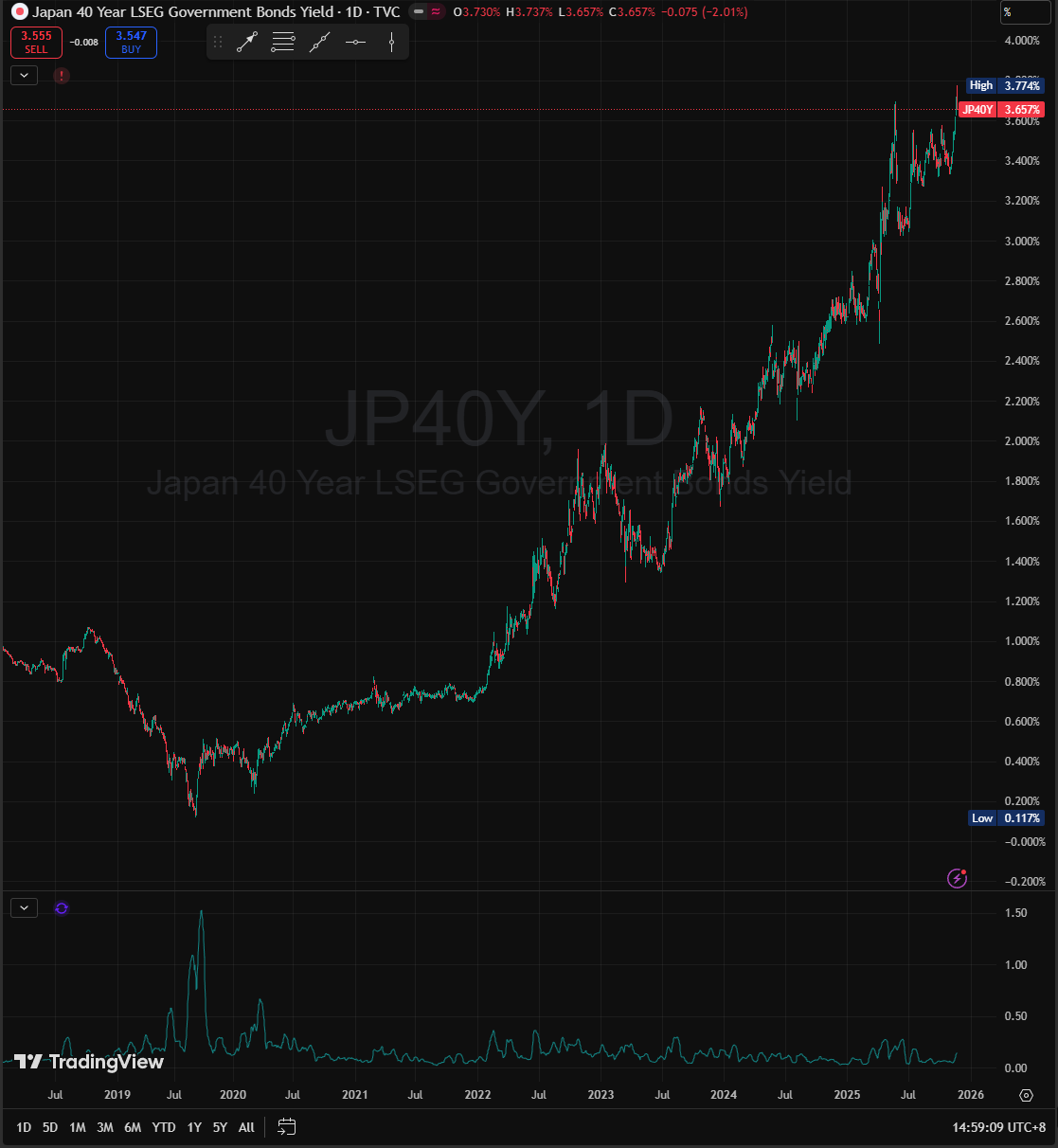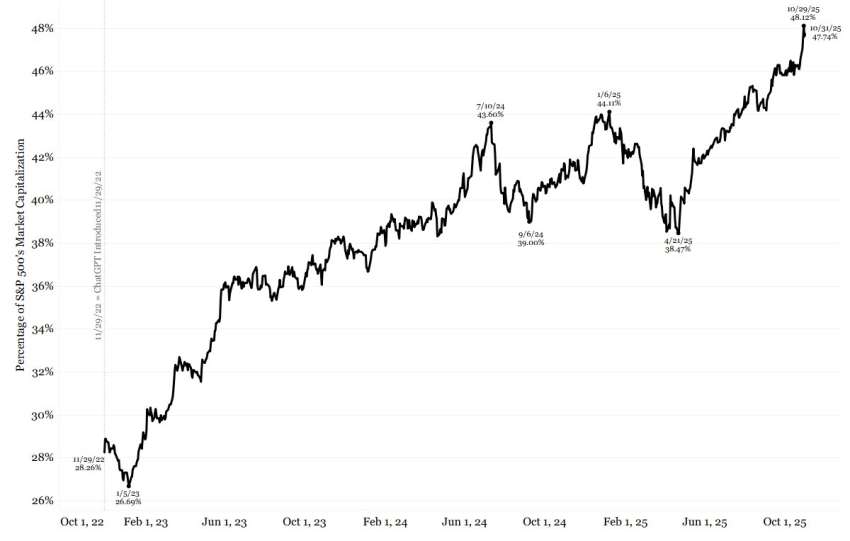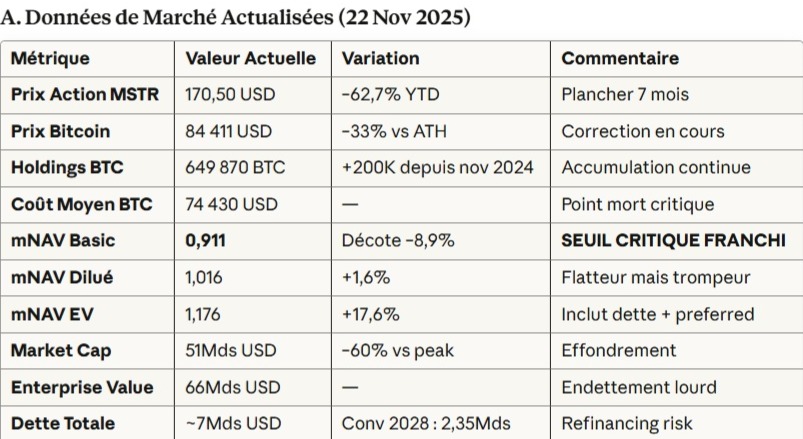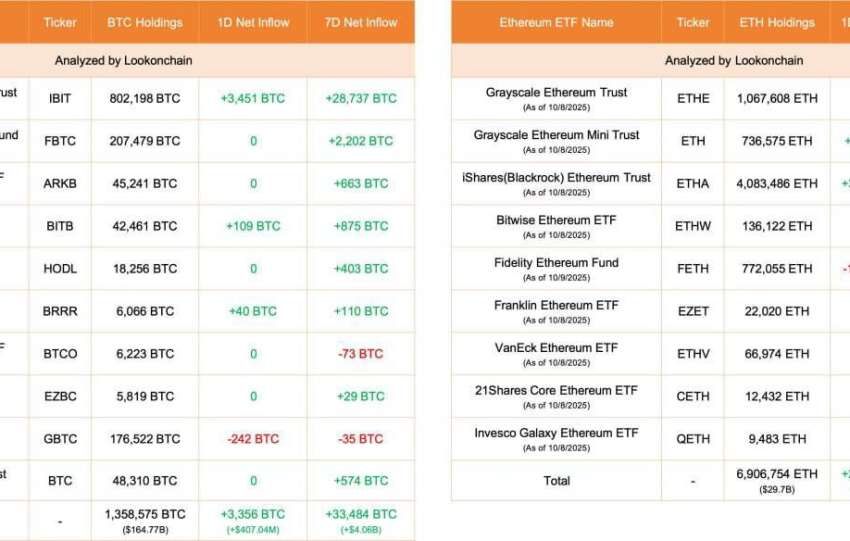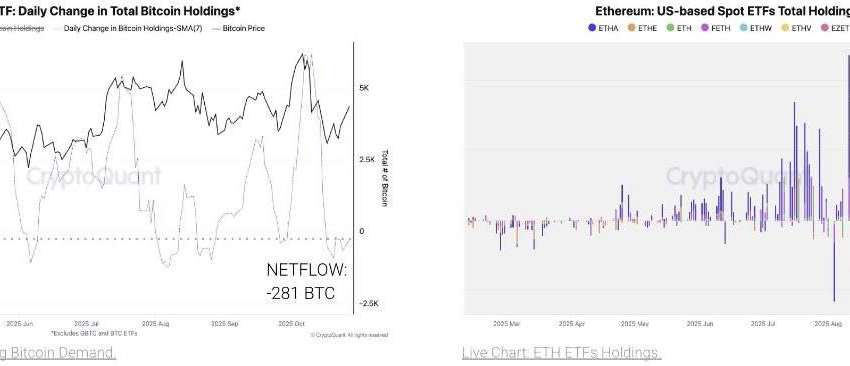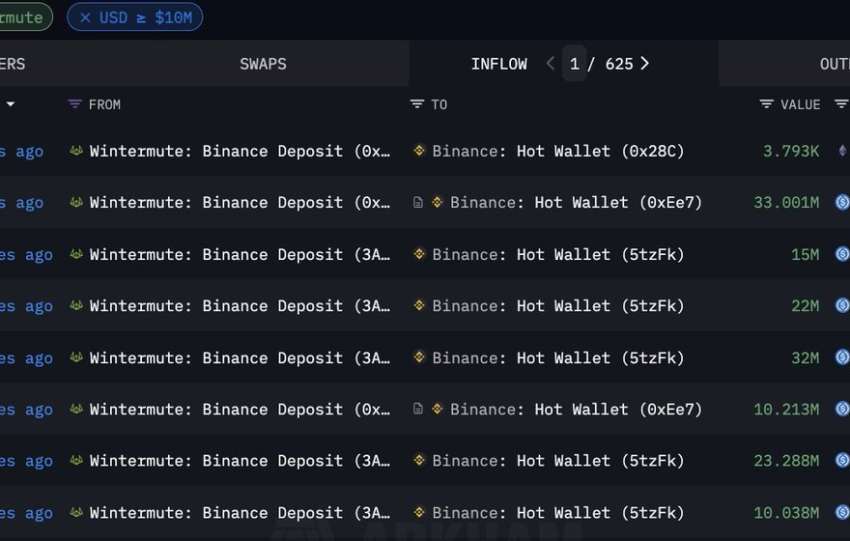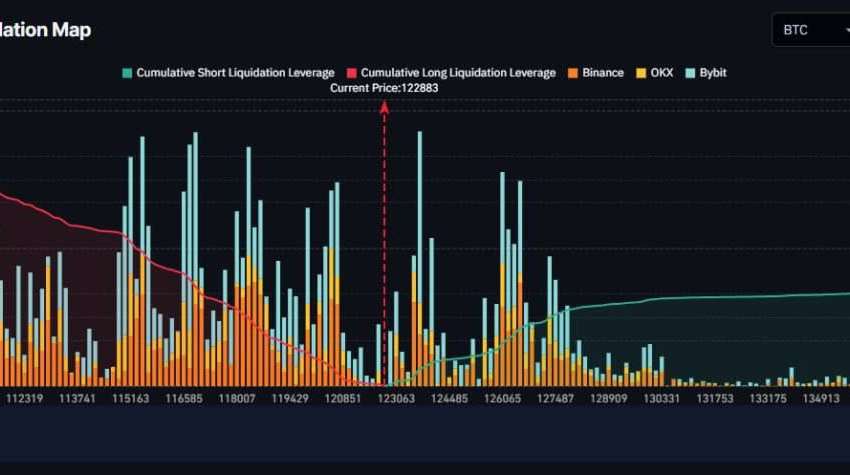Share This Article
The yen carry trade relies on exploiting the interest rate differential between Japan (low) and foreign countries (high), adjusted by the exchange rate variation ROI_Carry (r_foreign – r_domestic) – ΔS_fx + α(Leverage) – β(Costs).
Historically, this model has generated annualized returns of about 35-40% due to an average favorable spread of 4.40% and a leverage of 10x.
However, the normalization of the Bank of Japan’s (BOJ) monetary policy is sharply compressing this differential. With foreign rates stable around 4.25% and the domestic rate rising from 0.25% to 1.00%, the differential drops to 3.25%.
Simultaneously, the significant appreciation of the yen (+2.5% in five days, estimated at +8% since the beginning of the year) erodes gains.
A simulation shows that with real rates of 4.25% (Fed) versus 1.00% (BOJ), a leverage of 10x, and a yen appreciation of 3% over the period, the effective return is still positive (approximately 28.75% annualized), but under strong pressure.
If the BOJ raises its rates by an additional 50 basis points (to 1.50%), the potential return drops to 23.75% (if the yen is stable). If the yen appreciates by an additional 8% in this scenario, the return becomes negative.
The model is deemed economically unviable if the BOJ raises its rates by >= +50 additional basis points and the yen appreciates by >= +5% additionally, signaling the current fragility of the historical carry trade mechanism.
Sources

 Analyse de marché
Analyse de marché